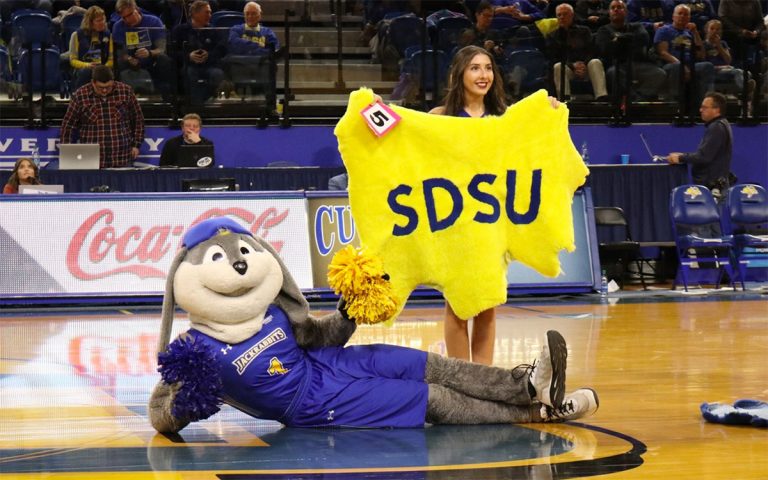STURGIS, SD – Members of the South Dakota legislative Ag Land Assessment Task Force are hoping that adjustments made to the states production-based valuation of ag land will address concerns of many ranchers and farmers who have seen property taxes skyrocket.
According to the state Department of Revenue, farmers and ranchers share of the state property tax burden increased from 25% to about 28% between 2008 and 2018. In real dollars, the state’s ranchers and farmers saw their property tax bill rise collectively from $219.7 million in 2008 to about $354.6 million in 2017.
Among issues are soil types used to determine highest-best use. Gary Cammack R-Union Center, is a rancher and business owner who also chairs the Ag Land Assessment Task Force. The state’s current property tax system assigns taxable value based on an acre of land’s highest and best use, not its actual use. That has led to claims – and several legal challenges – that some rural landowners are paying unfairly high taxes on land that is incorrectly identified for highest and best use.
“Last session, we encouraged the use of the latest soil tables and also to take into account the available tools for the county assessors to make adjustments due to various factors. Even though the soil type shows it to be fairly productive, it might be inaccessible to farm equipment or might have quite a slope to it so it wouldn’t be practical or prudent to farm it because of erosion issues or natural obstructions could be an issue.”
He continued, “Representative Kirk Chaffee R-Sturgis and I worked to get legislation through to make sure that county assessors do take into consideration all of those adjustment factors and the new soil tables.”
There is some discussion of changing the formula to actual use rather than highest and best use.
“I’m all in favor of actual use when it comes to taxation but the problem that we’ve got is from a political standpoint,” he observes. “There are not nearly as many folks in agriculture that represent the livestock industry as there are folks who are in farming and cropland. So you’ve got representatives and senators from the eastern part of the state who are not in favor of changing to actual use because they fear a tax shift from grasslands to croplands.”
He adds, “In other words, if we lower taxes on grasslands, that slack has to be picked up somewhere. They’re afraid that any tax relief we get on this end of the state will be transferred to them.”
How to fairly go about taxing ag land in South Dakota has always been a cantankerous issue. And perhaps serves as no better example of just how different east and west river land typography and suitable uses for that land, are.
“Property tax is always a big issue and the issue has always been not that people aren’t willing to pay property tax but that property tax, especially in this end of the state, ends up being a higher percentage of gross income – a higher percentage than crop land.”
Per acre, crop land property tax is higher. But because gross incomes are also higher, taxes are a lower percentage of that. Cammack observes, “Out here in the west, we’re dealing with grasslands. There’s less gross income. When crop-rated soil, whether it is growing prairie grass or a cash crop, is taxed as if it’s growing corn, that’s where the issues have always been.”
Cammack expects the Ag Land Assessment Task Force will meet sometime in October where he hopes that what changes have been made in the interpretation and application of various factors involved in ag land valuations, will show measurable results.












